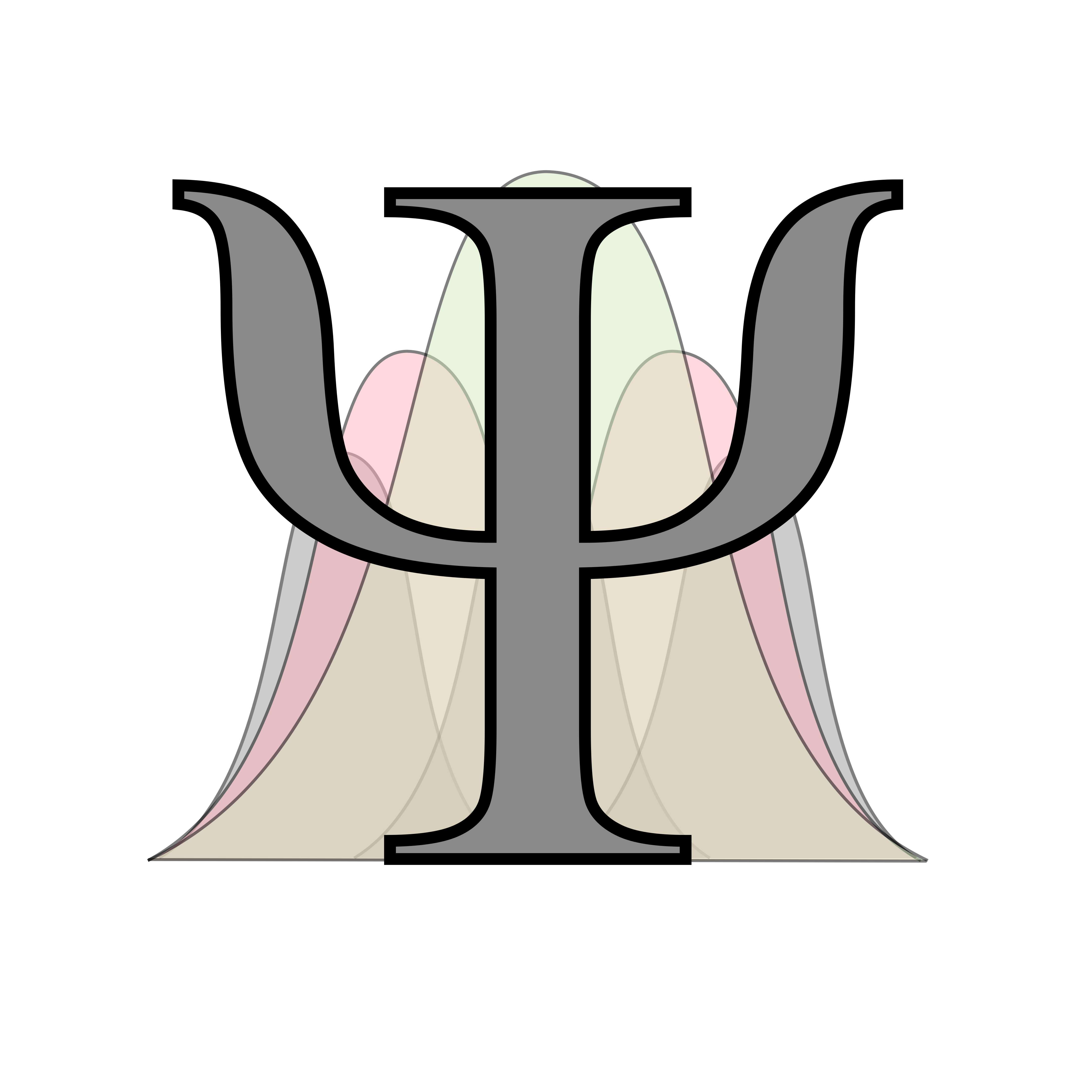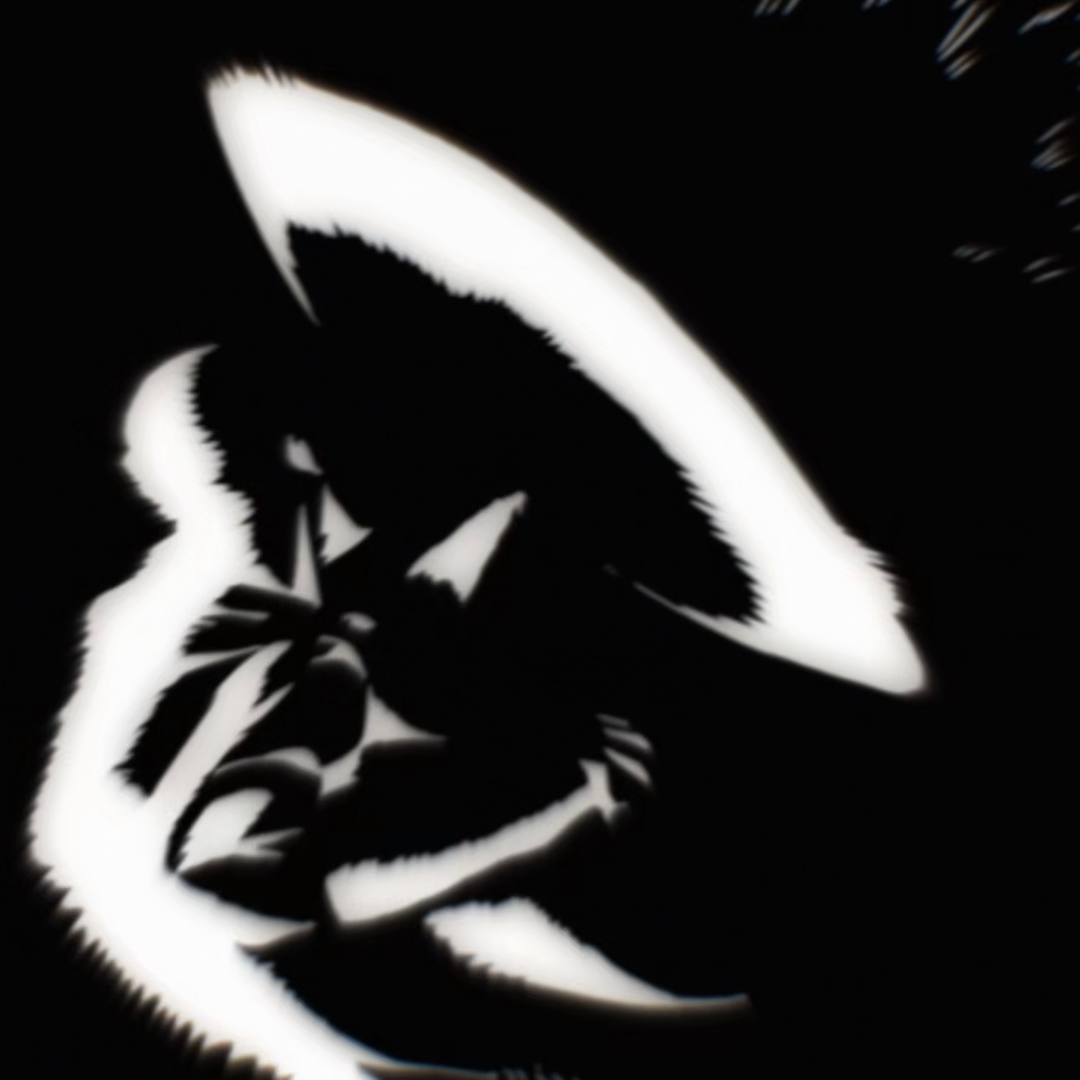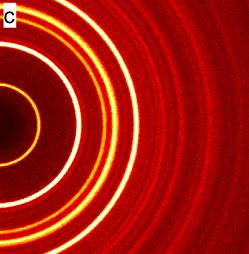But a gravitational wave? That’s a distortion of space-time itself — a stretching and squeezing of the fabric of reality, a wave of deformation tearing through the cosmos, warping everything in its path. The monstrous denizens of the intergalactic deep reveal themselves not through the light they emit but by how they stir the space-time we share. When a gravitational wave moves through you, you are, for a moment, a different shape.
It’s a great discovery. I like the poetic spirit of the author, but at the same time I think it can be quite misleading in the present misinformation age. “You are a different shape” also as the Moon rotates around the Earth, for example – it’s tidal forces in both cases. Actually the “distortion of you” might be stronger owing to the Moon than to gravitational waves – have to compare their order of magnitude.
Or sound waves, literally pressure waves. We can hear or feel them because they deform our body.
There are similarities, and also two differences. Pressure deforms the surface of a body, and the deformation can then propagate inwards, depending on the stiffness and elasticity of the body. Gravitational/tidal waves deform the curvature of spacetime within the body all at once. Pressure is force exerted by matter (including electromagnetic fields) on matter; so in a vacuum, pressure would not be possible. Gravitational waves are not “exerted” by matter (although they are generated by matter far away), and they are possible in vacuum.
But that said, the final effect is the same: distances between parts of a body change.
Paywalled. I can’t stand Washington Post
Sadly https://12ft.io/ doesn’t seem to work with this one either.
deleted by creator
Because paywall.
Opinion by Katie Mack July 06, 2023 at 1:05 p.m. ET Katie Mack is the Hawking chair in cosmology and science communication at the Perimeter Institute for Theoretical Physics and the author of “The End of Everything (Astrophysically Speaking).” When, eight years ago, I learned that gravitational waves had been detected, I felt seasick. But this past month’s report of evidence that the cosmos is churning with low-frequency gravitational waves sent me reeling. As a physicist, I’m used to knowing that an invisible world of particles and waves moves through the universe. I’ve made peace with being constantly skewered by neutrinos and cosmic rays. I blithely submit to X-rays at the dentist and to radio waves everywhere. But a gravitational wave? That’s a distortion of space-time itself — a stretching and squeezing of the fabric of reality, a wave of deformation tearing through the cosmos, warping everything in its path. The monstrous denizens of the intergalactic deep reveal themselves not through the light they emit but by how they stir the space-time we share. When a gravitational wave moves through you, you are, for a moment, a different shape. It’s a tiny effect, of course. The first gravitational waves detected in 2015 — by the Laser Interferometer Gravitational-Wave Observatory (LIGO) facilities in Livingston, La., and Hanford, Wash. — were triggered by black holes colliding a billion light-years from Earth and changed the length of the four-kilometer-long detectors by less than one-thousandth the width of a single proton. Lying in bed on the night I heard about this breakthrough, I thought about the inescapable ripples in space altering me on a subatomic level. I thought I would never again feel I was on truly solid ground. Now, with the latest news from the North American Nanohertz Observatory for Gravitational Waves (NANOGrav), astronomers have a completely new and audacious way to make vivid those choppy cosmic waters. Like light, gravitational waves come in different frequencies, depending on their source. Pairs of black holes around the mass of the sun produce short bursts of high-frequency gravitational waves as they wheel around each other hundreds of times a second. That’s what the LIGO experiment picks up. Supermassive black holes are a different story. Millions or billions of times as massive as the sun, they lurk at the hearts of galaxies. The one at the center of our own Milky Way, called Sagittarius A*, is 4 million solar masses. Our neighbor the Andromeda galaxy has a central black hole believed to be 30 to 50 times that. It is still something of a mystery exactly how supermassive black holes come to be such behemoths. But it’s clear that when their host galaxies collide, they eventually eat each other, too. Gravitational-wave detectors on Earth, such as LIGO, are of no use here. The final orbits of paired supermassive black holes can take years or decades while their gravitational waves stretch out across light-years. It’s not possible with current technology to build a detector that large, sensitive to waves with such low frequencies. That’s why astronomers had to use the Milky Way itself as a makeshift observatory. In June, for the first time, astronomers revealed they had picked up traces of a background hum of low-frequency gravitational waves. It was embedded in 15 years of data from naturally occurring cosmic metronomes across the galaxy. These metronomes, called millisecond pulsars, are the spinning remnants of dead massive stars. They sweep beams of radio waves with every rotation, hundreds per second — and keep near- perfect time. Tiny discrepancies might be because of individual stellar idiosyncrasies or could be a sign that gravitational waves have changed the distance each pulse travels on its way to us. By monitoring dozens of pulsars, astronomers hunt for correlations in timing errors that are a smoking gun of passing gravitational waves. And that’s just what they found. The discovery is not going to revolutionize science in one fell swoop. For one thing, it is not entirely clear where the hum comes from, though it looks very much like what we expect from the combination of gravitational waves generated by all the supermassive black hole collisions across the cosmos. If it is, it’s a first step toward a whole new way of seeing the universe that will give us fantastic insights into the formation and growth of galaxies. Already, for instance, there are hints in the data that supermassive black hole pairs might be heavier or more common than we thought. A few more years of data might reveal individual supermassive black hole collisions, alongside any burst of light they also produce. The hum could yet be something else entirely. It might be the quake from a violent event in the early universe, such as cosmic inflation — the spectacular expansion of space we think happened during the Big Bang. Another possible source is the vibrations of cosmic strings, hypothetical webs of energy that stretch across the cosmos. There’s so much to discover. We’ve been bobbing around blindly on this cosmic sea, occasionally hit by an errant wave. Now we have our first glimpse of the entire ocean.





